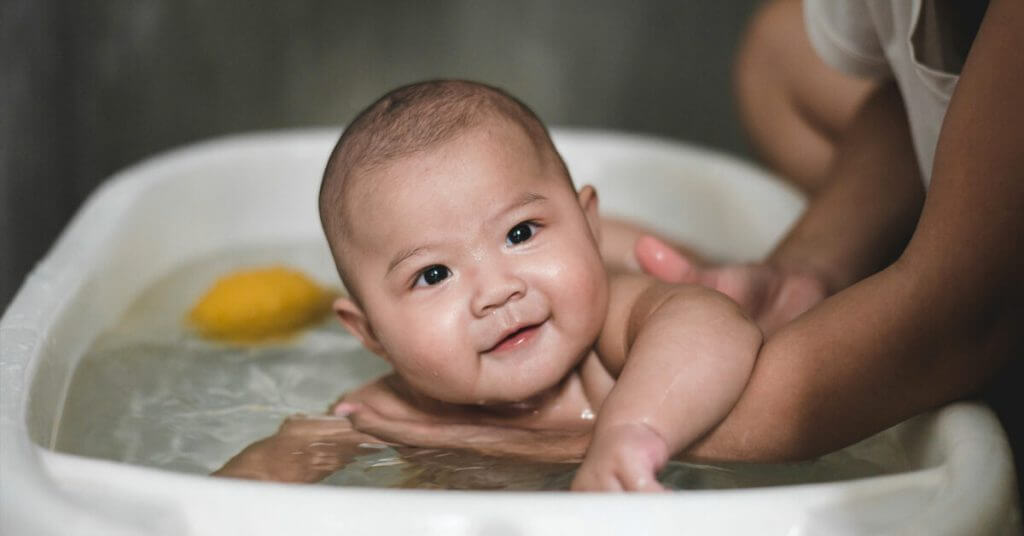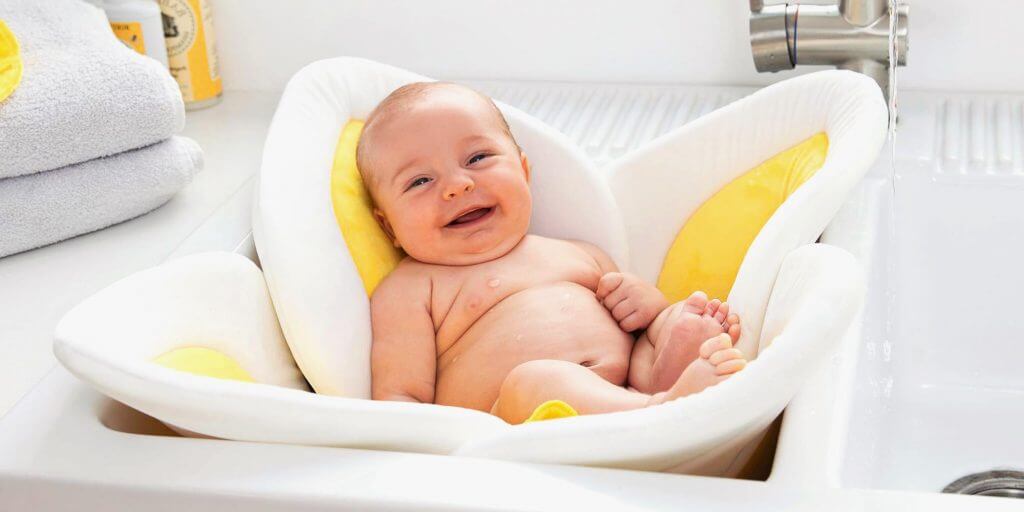
It’s lovely, amazing, and terrifying all at the same time to be a parent. Once you’ve mastered one stage, your baby’s needs shift, and you’re forced to catch up once more.
One of the most striking transitions is moving from a baby to a toddler. You’ll have an infant one day. When you wake up the next day, you notice that your baby has suddenly grown into a toddler!
The toddler years are a lot of joy (and a lot of work). Toddlers are not only adorable, but they also seem to get into everything.
You’ll quickly understand the meaning of the expression “but I just left for a second…” if you have a toddler in the house.
Managing this stage securely requires childproofing.
It’s critical to babyproof the bathroom.
Things in your household that once appeared safe might rapidly become risks if your infant moves about the home (either walking or crawling).
The restroom is probably one of the most unsafe areas in your house, along with apparent threats like your fireplace.
This post will provide you with some pointers on making your bathroom safe for children and how to keep your home secure for them.
Create healthy bath time habits.
Every year, far too many children drown unnecessarily in bathtubs. Bathtubs and buckets, bath seats, toilets, and landscaping features can be causes of these accidents.
It’s crucial to know how to bathe a newborn safely.

Always, always, always supervise.
The most straightforward approach to avoid drownings in the bath is to watch your children when they are in the water.
Never leave your child alone in the bath, even if only for a few minutes, and always keep them within arms reach.
Take your kid with you if you have to hurry to answer the doorbell or phone during shower time. Toss her out of the bath, cover her in a towel, and take her with you on your journey
Also, don’t rely on your siblings to keep an eye on your baby. That level of responsibility isn’t necessary for them.
It is not suggested to use bath seats. You must still follow the idea of “100 per cent monitoring, 100 per cent of the time” if you choose to employ these chairs.
Keep your distractions and risks to a minimum.
Keep your baby’s bath time routine free of frequent distractions like a phone or a magazine. It’s a no-no to do anything that may divert your focus or hinder you from having complete control.
Filling it up the bath with bubbles or bathtub toys is also a bad idea, so keep that in mind. While bath toys that are safe and non-toxic are a terrific addition to bath time, make sure you just use a few so you can always see your kid.
Bath activities that may obscure your view, as well as DIY additions like bubble baths, bath paint, or bath dough (which causes the water to be hazy over time), and bath games that may obscure your view, are examples of this.
It’s also a good idea to keep the level of water low.
You should have one adult in charge of supervising safety and another taking photos if you’re planning a fancy bath, such as a milk soak for photography.
Drain water immediately.
You must never leave the water in the tub after you’ve completed bathing because it’s a risk for drowning. When you take your infant out of the water, make it a practice to pull the plug. Empty the water from a solo baby bath as soon as possible.
This is also an intelligent way to keep mould from growing on bath toys. Allow them to air dry after draining, and be sure to clean the baby tub and the bath toys regularly.
Watch out for bumps, burns, and scalds.
When your youngster is in the bath, don’t leave the water running. Water temperature fluctuations are always a concern and might result in water that is too hot for your child.
Before putting your youngster in the tub, fill it with water first and then cut off the water supply. You can utilize a baby bathtub with a built-in indicator or a floating bath water thermometer if you’re unsure if the bathwater is too hot or chilly.
To avoid injuries, keep your toddler away from the nozzle and cover the faucet with a soft bathtub spout cover if you bathe them in a “normal” bathtub.
This will be beneficial to your children’s heads and backs, and it may also help prevent burns if the pipes get too hot. It’s imperative, especially if you have to shampoo a toddler’s hair while they’re screaming or attempting to avoid getting their hair detangled.
A water temp regulator is included in many new-build homes to ensure that water coming from a hot tap does not burn. This isn’t always the case, however.
You can quickly get a flow-safe device installed to prevent harm if you don’t already have one.
Lock bathroom cabinets.
For kids, the toilet cupboard is like a dream come true. It’s easy to understand how creams, cleaning products, prescriptions, powders, make-up, and other items would entice older toddlers.
Keep any “important items” out of children’s reach at all times. Keep them up high or in a less accessible cupboard, such as the laundry room or garage. Anything with the warning “Keep out of reach of kids” should be treated very seriously. Chemicals and drugs for cleaning should be stored in a secure, difficult location to reach. Laundry detergent, particularly laundry detergent pods, should be kept out of reach of children.
While all of these are helpful, there are times when such cosmetic changes are not enough. If you want to get in touch with a company specialising in bathroom renovations in Perth, consider GIB Tiling. It understands the family’s different needs and can assist you with your concerns.
